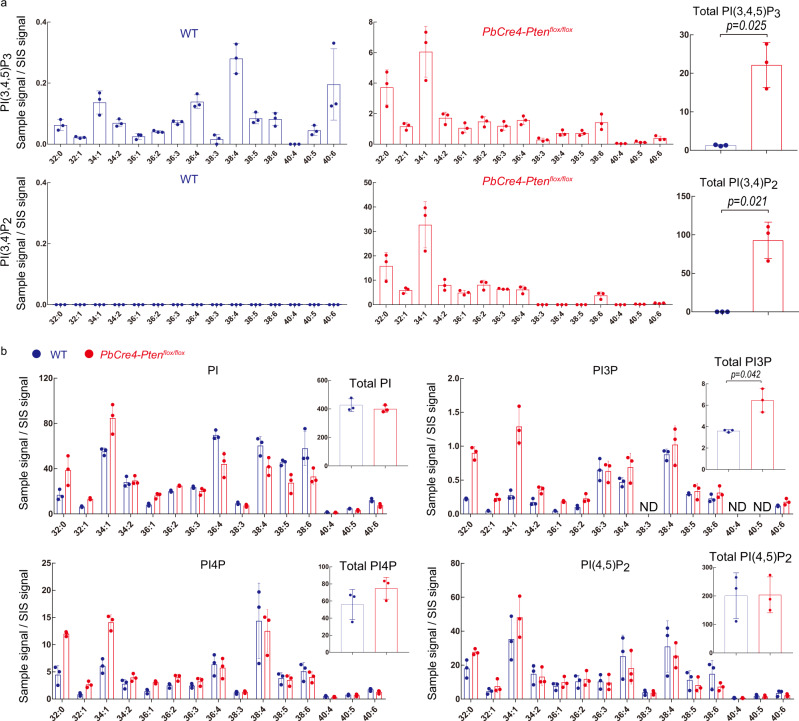Fig. 3. Application of PRMC-MS to phosphoinositide measurement in mouse tissue.
a Left and middle panels: Quantification of the indicated PI(3,4,5)P3 and PI(3,4)P2 acyl variants in prostate tissues from WT and prostate-specific Pten-deficient (PbCre4-Ptenflox/flox) mice at 12 weeks of age (n = 3 independent animals/group). The altered acyl chain profile in Pten-deficient cancerous tissues was confirmed in five independent experiments. Right panel: Total of the PI(3,4)P2 and PI(3,4,5)P3 acyl variants in the tissues in the left and middle panels. b Measurements of the indicated acyl variants and total PI, PI3P, PI4P, and PI(4,5)P2 in the prostate tissues from the WT (blue) and PbCre4-Ptenflox/flox (red) mice in (a) (12 weeks of age, n = 3). For all panels, data were the mean ± SD (n = 3 independent animals). ND not determined. The significance between WT and PbCre4-Ptenflox/flox mice was analyzed using a two-sided Welch’s t-test. Source data are provided as a Source Data file.

